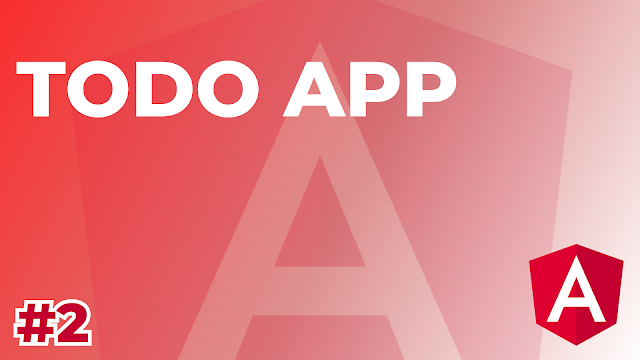Angular tutorial part 2 - TODO APP
Building a to-do app with Angular is a great way to learn the basics of the framework and get a feel for how it works. In this article, we'll walk through the process of building a simple to-do app using Angular and explain the key concepts and features that we'll be using along the way.
The first step in building a to-do app with Angular is to set up the basic project structure. Angular uses a modular architecture, which means that the app is divided into a series of modules. Each module is a group of related components and services that work together to accomplish a specific task. For our to-do app, we'll start by creating a new module called "TodoModule". This module will contain all of the components and services that we'll need for our app.
Next, we'll create the components that make up our to-do app. A component in Angular is a class that controls a specific section of the app's user interface. For our app, we'll create a "TodoListComponent" and a "TodoItemComponent". The "TodoListComponent" will be responsible for displaying a list of to-do items, while the "TodoItemComponent" will be responsible for displaying the details of a single to-do item.
Once we have our components set up, we'll need to create the services that our app will use. A service in Angular is a class that encapsulates a specific piece of functionality that can be shared across multiple components. For our to-do app, we'll create a "TodoService" that will be responsible for managing the list of to-do items. This service will be able to add, remove, and update items in the list.
Next, we'll need to create the templates for our components. A template in Angular is a file that contains the HTML and other markup that is used to render a component's user interface. For our to-do app, we'll create a template for the "TodoListComponent" that displays a list of to-do items, and a template for the "TodoItemComponent" that displays the details of a single to-do item.
Once we have our templates set up, we'll need to configure the routing for our app. Routing in Angular is the process of mapping URL paths to specific components. For our to-do app, we'll create a route that maps the root path "/" to the "TodoListComponent", and a route that maps the path "/:id" to the "TodoItemComponent". This will allow us to navigate to different parts of the app by changing the URL in the browser.
Finally, we'll need to add some logic to our components and services to make the app actually do something. We'll add methods to the "TodoService" that can be used to add, remove, and update items in the list. We'll also add methods to the "TodoListComponent" and "TodoItemComponent" that can be used to display the list of items and the details of a single item.
Building a to-do app with Angular is a great way to learn the basics of the framework and get a feel for how it works. By walking through the process of building a simple app, we've been able to explain the key concepts and features that Angular uses, such as modules, components, services, templates, and routing. With this knowledge in hand, you should be well on your way to building your own Angular apps.
Keep in mind that this is just a basic example and there are many things you can do to enhance the functionality and performance of your application. Angular is a powerful framework.


Comments
Post a Comment